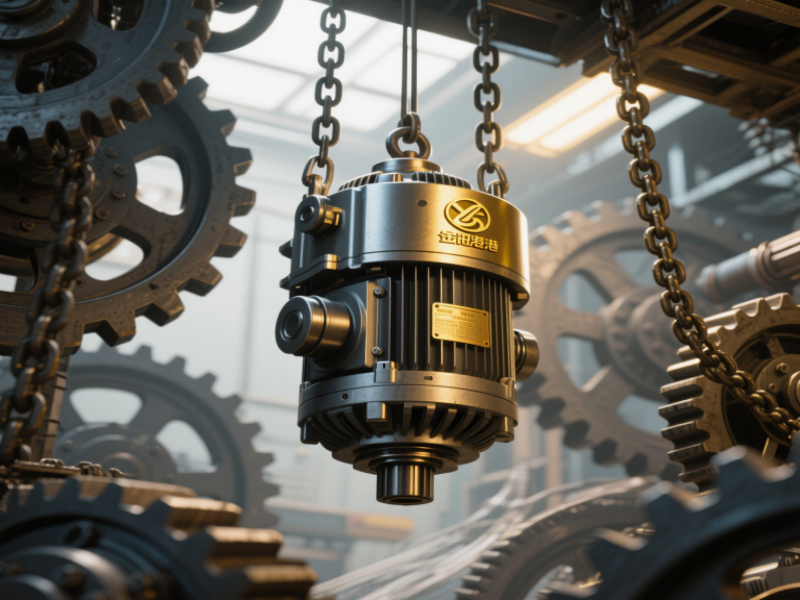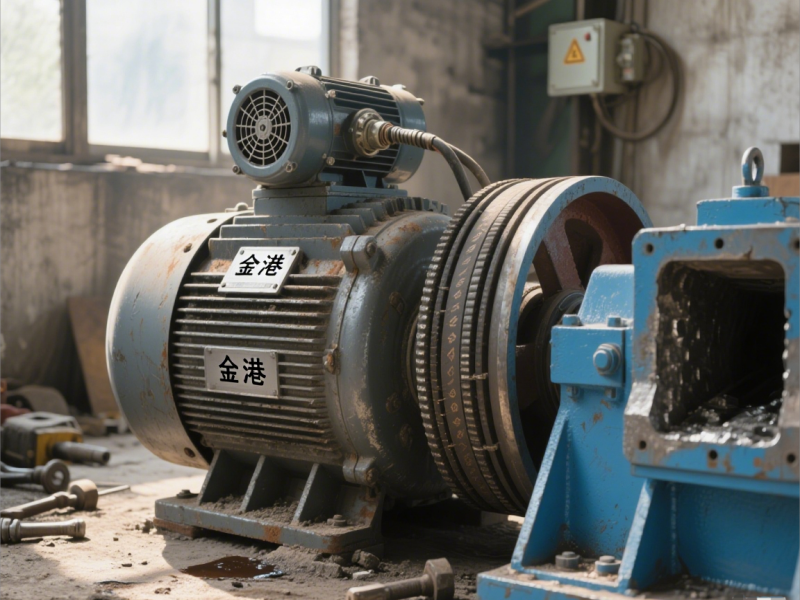Advantages of three-phase asynchronous motors in crusher motors
Three-phase asynchronous motors are widely used in crushers. Their advantages are mainly reflected in structural adaptability, power performance, economy and reliability, which can well meet the high-load and strong impact working requirements of crushers. The following is a specific advantage analysis:
1. Simple and reliable structure, adaptable to crushing conditions
Mechanical structure advantages
The three-phase asynchronous motor adopts a squirrel cage rotor or wound rotor structure, without a commutator and brushes, avoiding mechanical wear problems, and is especially suitable for harsh environments with large vibration and high dust in crushers.
The high protection level of the housing (such as IP54, IP55) can effectively resist dust and splashes, reducing the probability of failure.
Low maintenance cost
Due to the simple structure and few parts, daily maintenance only requires checking bearing lubrication and winding insulation. Compared with DC motors or servo motors, the maintenance workload and cost are significantly reduced.
2. Start-up and overload capacity match crushing requirements
(1)High starting torque
The starting torque of squirrel cage asynchronous motors can reach 1.5-2.5 times the rated torque (such as deep groove or double squirrel cage rotor design), which can easily overcome the static load when the crusher starts (such as residual materials in the crushing chamber).
The wound asynchronous motor can further increase the starting torque through external resistance, which is suitable for heavy-load starting scenarios (such as large jaw crushers).
(2)Strong overload tolerance
The maximum torque (critical torque) of the asynchronous motor can reach 2-3 times the rated torque. When the crusher encounters hard materials or stuck materials, the motor can be overloaded for a short time without blocking, avoiding shutdown due to instantaneous impact.
3. Speed characteristics match the crushing process
(1)Speed stability and adaptability
Although the speed of the asynchronous motor decreases slightly with the increase of load (slip rate is about 1%-5%), the crushing efficiency of the crusher mainly depends on torque rather than precise speed. This “soft characteristic” can release energy by automatically adjusting the speed when the load changes suddenly, reducing mechanical shock.
For crushing equipment that requires a fixed speed (such as cone crusher), the asynchronous motor can achieve smooth speed regulation through the frequency converter to meet the crushing needs of different materials.
(2)Inertia matching
The motor rotor inertia is moderate, and it matches well with the inertia of the rotating parts such as the flywheel and main shaft of the crusher. It can effectively store and release kinetic energy and stabilize the torque fluctuation during the crushing process.
4. Strong compatibility between power supply and system
(1)Widely adaptable three-phase power supply
The industrial power grid generally uses a three-phase 380V power supply. The asynchronous motor can be directly connected without the need for additional current conversion devices, and the system integration is simple.
(2)Good linkage with the crushing system
It can be linked with the hydraulic protection system and overload alarm device of the crusher. When the motor current exceeds the threshold, the control system can automatically adjust the feed rate or shut down to protect the equipment safety.




